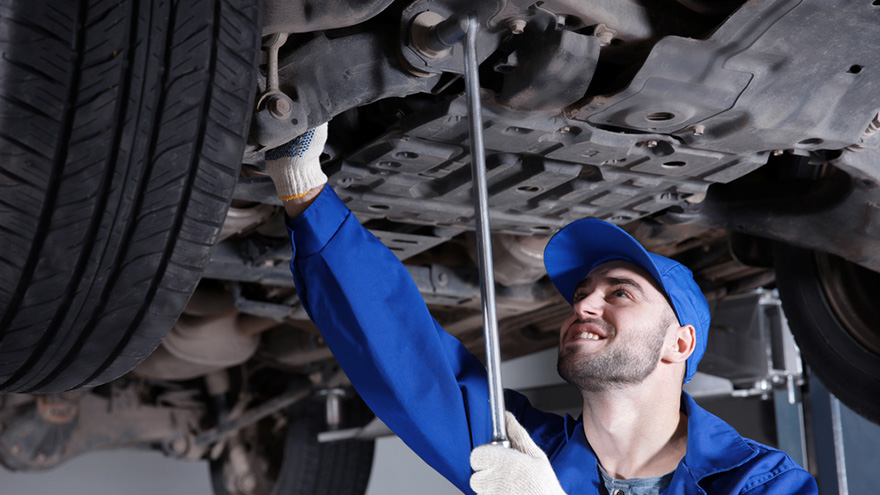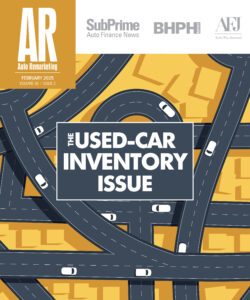With vehicles at record age, U.S. automotive aftermarket sales to increase 8.5% in 2022

According to a report from S&P Global Mobility (previously the auto team at IHS Markit), the average age of light vehicles in operation has climbed for five consecutive years, reaching a record age of 12.2 years as of Jan. 1, 2022.
So, perhaps it’s not surprising that the automotive aftermarket continues to demonstrate its market strength with higher-than-expected sales in 2021 in the wake of a slow economic recovery from the COVID-19 pandemic in the United States.
Total U.S. light duty automotive aftermarket sales are forecasted to increase 8.5% in 2022, totaling $356.5 billion, according to the 2022 Joint Channel Forecast Model produced by the Auto Care Association and the Automotive Aftermarket Suppliers Association (AASA).
The associations distributed a news release on Tuesday and said an additional 5% growth is expected for 2023 and growth will average more than 3% in 2024, bringing the light-duty aftermarket to $401.5 billion by 2025.
Experts said the compound average annual growth rate from 2019 to 2022 will be 5.7%, more than making up for losses seen in 2020 due to the pandemic.
“Year after year, the auto care industry continues to show its strength and reliability,” Auto Care Association president and chief executive officer Bill Hanvey said in the news release.
“In the midst of the highest gas prices on record and an inflation rate at a 40-year high, coupled with persistent supply chain disruptions and war in Eastern Europe, vehicle miles driven, vehicles in operation and consumer spending all increased in 2021 and are projected to increase into the coming years, as well,” Hanvey continued.
Other key data in the joint channel forecast model include:
—Market trends influencing the aftermarket
—A 2021-2025 review of industry growth and forecasts
—Industry sales by channel including history and forecasts
—Industry sales by distribution channel
The market sizing and forecast are conducted on behalf of the Auto Care Association and AASA by S&P Global Mobility. The forecast is based on the U.S. Census Bureau’s Economic Census; IMR Inc.; and proprietary data, economic analysis and forecasting models from S&P Global Mobility.
“The automotive aftermarket once again shows its resiliency with a stronger than expected recovery from the pandemic,” AASA president and CEO Paul McCarthy said. “In fact, the automotive aftermarket rose nearly 25% in the past two years despite ongoing headwinds, and we are excited to see the landmark market size of $400 billion in 2025.
“But as the industry advances to that landmark number, look for a new challenge to emerge as we may shift from a market supported by high demand and availability to a battle for market share. With that, we’ll see one more strength of the aftermarket emerge, collaboration with the right partners to ensure the same pace of success in this next phase of industry dynamics,” McCarthy went on to say.
The Joint Channel Forecast Model is available in the Auto Care Association’s 2023 Auto Care Factbook at digital.autocare.org/2023factbook and in AASA’s Aftermarket Size & Forecast Report available at https://www.aftermarketsuppliers.org/resource.

 View The Latest Edition
View The Latest Edition

